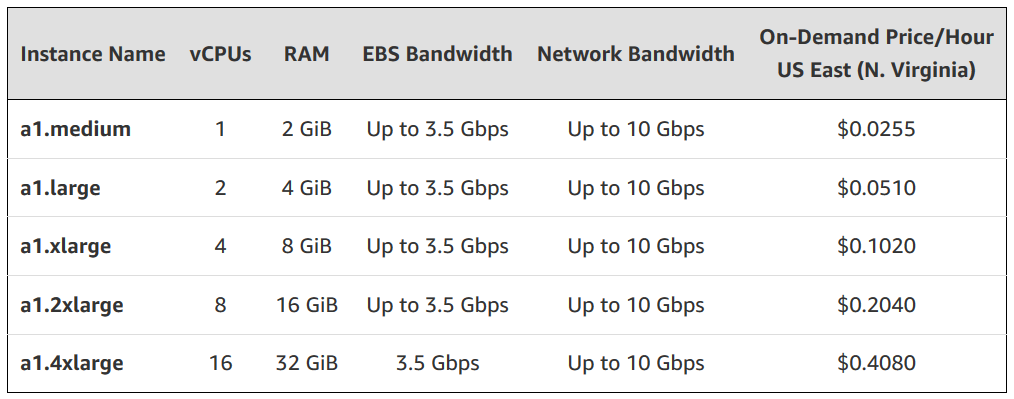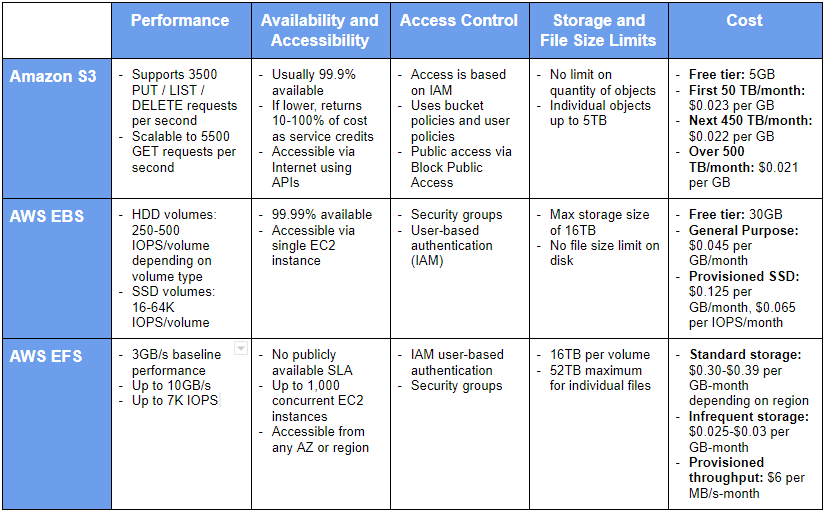
**Effective hourly pricing is shown to help you calculate the amount of money that a Dedicated Host Reservation will save you over On-Demand pricing. The hourly usage rate is equivalent to the total average monthly payments over the term divided by the total number of hours (based on a 365 day year) over the term. For each month, the actual monthly payment will equal the actual number of hours in that month multiplied by the hourly usage rate. *This is the average monthly payment over the course of the Dedicated Host Reservation term. The third table shows four scenarios for a T3 Dedicated Host, where you can run different instance types to consume the 48 physical cores associated with the host. The second table shows two scenarios for a C5 Dedicated Host, where you can run different instance types to consume the 36 physical cores associated with the host. The first table shows two scenarios for a R5 Dedicated Host, where you can run different instance types to consume the 48 physical cores associated with the host. The tables below give examples of how you can run different instance types on a single host. You can run any number of instances up to the core capacity associated with the host. Some Dedicated Hosts powered by the AWS Nitro System support multiple instance types within the same instance family on a host (please see Dedicated Hosts user guide). For example, when you allocate a R5 Dedicated Host, you can use a host with 2 sockets and 48 physical cores to run different R5 instance types such as r5.2xlarge, r5.4xlarge, and others on the same host.

Instance Capacity Per Host by Instance Size
#Aws ec2 pricing options windows

This frees you from the costs and complexities of planning, purchasing, and maintaining hardware and transforms what are commonly large fixed costs into much smaller variable costs.

On-Demand Instances let you pay for compute capacity by the hour or second (minimum of 60 seconds) with no long-term commitments.

There are different way to pay for Amazon EC2 instances:


 0 kommentar(er)
0 kommentar(er)
